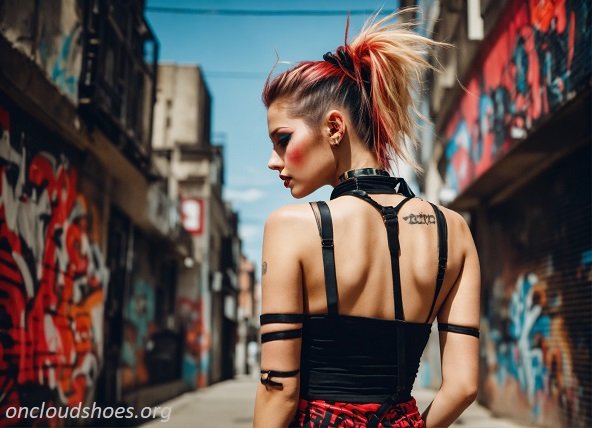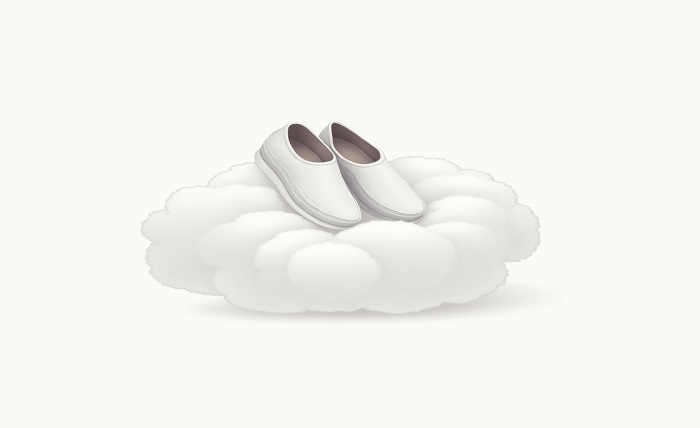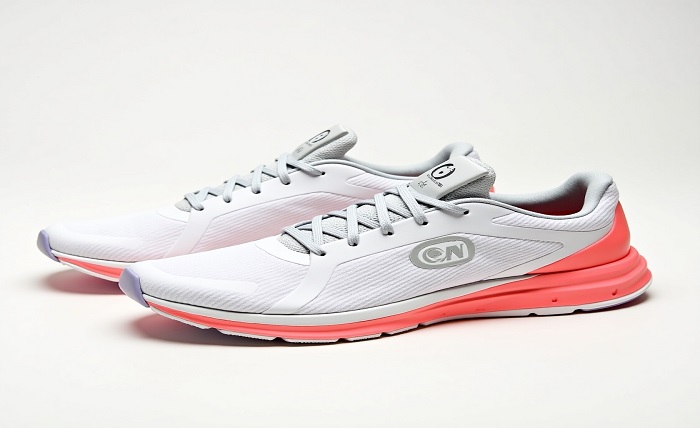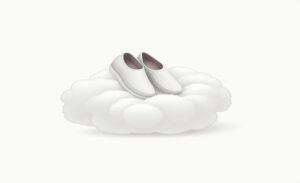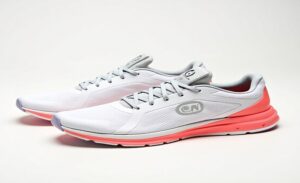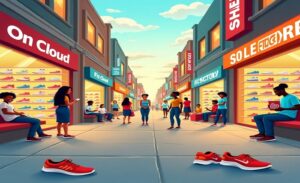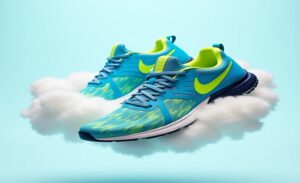Table of Contents
ToggleIntroduction
In the 1970s, punk rock fashion became a potent visual expression of nonconformity and resistance. It was a sharp contrast to the gloss and glamour of popular culture at the time, having its roots in cities like New York City and London. Punk Rock Fashion, which had its roots in a do-it-yourself mentality and anti-establishment attitudes, grew to represent uniqueness, unadulterated inventiveness, and a daring approach to social conventions. This blog post explores the development, components, and lasting impact of punk rock fashion, demonstrating how it still provokes and inspires people when it comes to fashion and self-expression.
Origins of Punk Rock Fashion
The social and political milieu of the 1970s, especially in the US and the UK, directly influenced the emergence of punk rock fashion. Not only did bands like The Ramones, Sex Pistols, and The Clash define punk fashion, but they also pioneered punk music. Punks adopted an austere, functional style that defied conventional notions of beauty, donning tattered clothes, safety pins, and striking graphic motifs. They rejected the ostentatious and refined aesthetics of disco and mainstream music.
Key Influences and Icons
Important figures and personalities who affected the direction of punk rock fashion were crucial to its development. Punk fashion gained significant traction thanks in large part to the legendary “Sex” store in London, owned by Malcolm McLaren and Vivienne Westwood. Their creations, which combined DIY aesthetics and aggressive statements with BDSM clothing components, came to represent the punk movement. Similar to how early punk rock artists embodied the movement’s attitude of revolt and anti-establishment, they not only affected musical tastes but also went on to become fashion icons in their own right.
DIY Ethos: Making a Statement
At the heart of punk rock fashion lies its DIY ethos, which encourages individuals to create their unique styles without relying on mainstream fashion trends. Safety pins were repurposed as clothing fasteners, ripped jeans were intentionally distressed to convey a sense of rebellion, and band t-shirts were personalized with political slogans and provocative imagery. This hands-on approach not only reflected punk’s anti-consumerist stance but also empowered individuals to use fashion as a tool for self-expression and social commentary.
Subcultural Significance
Punk rock fashion quickly became a visual marker of subcultural identity and solidarity. Beyond mere clothing choices, punk attire served as a unifying symbol for those who identified with the movement’s anti-authoritarian ideals and outsider status. Through shared aesthetics and DIY practices, punks created a sense of community that transcended geographical boundaries, fostering connections and alliances among like-minded individuals around the world.
Fashion Elements: Clothing
The clothing associated with punk rock fashion is characterized by its rebellious and often confrontational nature. Leather jackets, adorned with studs and spikes, became a staple of punk attire, symbolizing toughness and defiance. Ripped jeans, typically slashed with scissors or razor blades, challenged traditional notions of fashion by embracing imperfection and decay. Band t-shirts, featuring logos and artwork from punk bands, served as a form of musical and cultural expression, broadcasting one’s affiliations and beliefs to the world.
Fashion Elements: Footwear and Accessories
Footwear and accessories play a crucial role in defining the punk rock aesthetic. Dr. Marten’s boots, with their sturdy construction and distinctive yellow stitching, became synonymous with punk fashion, offering both practicality and rebellion. Studded belts, spiked wristbands, and DIY jewelry crafted from found objects added a touch of individuality and subversiveness to punk attire, allowing wearers to personalize their look and make a bold statement against conformity.
Hairstyles and Makeup
Hairstyles and makeup became integral components of punk rock fashion, offering additional avenues for self-expression and defiance. Iconic hairstyles such as the Mohawk, characterized by a central strip of upright hair flanked by shaved sides, became a visual shorthand for punk identity and rebellion. Brightly colored hair, often achieved through DIY dyeing techniques, further distinguished punks from mainstream society. Heavy eyeliner, bold lipstick, and facial piercings served as additional means of asserting individuality and challenging traditional beauty norms.
Conclusion
In conclusion, punk rock fashion remains a potent symbol of rebellion, creativity, and individuality. Its origins rooted in DIY ethos and anti-establishment sentiment have paved the way for a global subculture that continues to evolve and inspire. From its humble beginnings on the streets of New York and London to its influence on high fashion runways and subcultures worldwide, punk rock fashion serves as a testament to the enduring power of style as a form of protest and self-expression.
FAQ
What are the essential elements of punk rock fashion?
Punk rock fashion is characterized by DIY clothing (like ripped jeans and safety pins), leather jackets, band t-shirts, Dr. Martens boots, distinctive hairstyles (such as Mohawks), and bold makeup.
How did punk rock fashion influence mainstream fashion?
Punk rock fashion influenced mainstream fashion by challenging traditional norms, and inspiring designers to incorporate elements like studs, spikes, and distressed fabrics into their collections.
Is punk rock fashion still relevant today?
Yes, punk rock fashion remains relevant as a symbol of rebellion and individuality, continually evolving and influencing both fashion trends and subcultural identities globally.

